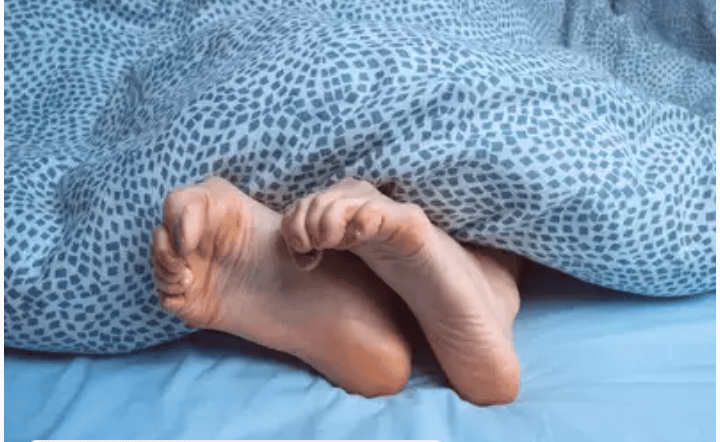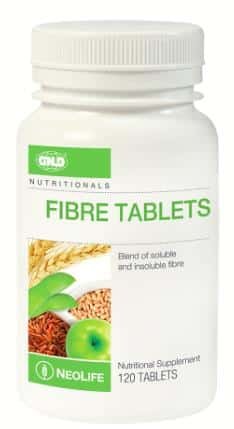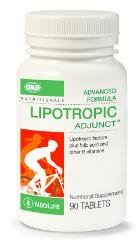Strange form of heart-related disease- PAD
High cholesterol early symptom: Spasms or leg cramps could be the first noticeable sign of clogged arteries
High cholesterol is dubbed as the silent killer, as if not timely detected and managed, it can lead to serious health problems like heart disease. Unfortunately, it may not always present itself in telling signs, which can lead to detecting the condition often when it has worsened your health. When there is too much cholesterol in your blood, it starts accumulating in your arteries and can lead to some bodily signals which should not be ignored. One such tell-tale sign can strike in your legs.
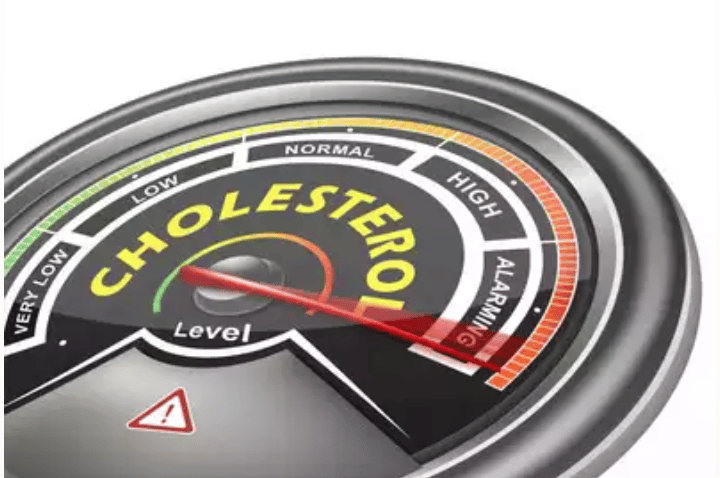
Untreated high cholesterol can lead to plaque build-up in your arteries. Plaque is made out of cholesterol and other fatty substances, and its build-up in your arteries can make them narrow. Constricted blood vessels can disrupt the smooth blood flow to your body parts, triggering the first noticeable sign, often seen in the legs. This is called peripheral artery disease (PAD).
Also read Amazing herbs to lower cholesterol and improve heart function
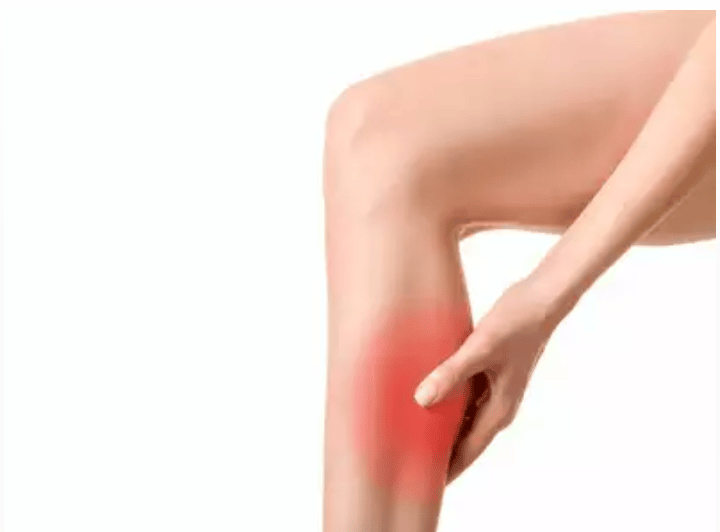
Leg spasms or cramps are likely to be the first symptom of peripheral artery disease. These happen due to sudden involuntary muscular contraction or convulsive movement.
It can feel like a clenched muscle that is very uncomfortable and painful. PAD can also present with intermittent claudication, which is pain and discomfort in your leg muscles that happens when you’re active and stops when you rest. This is usually caused by blood flow problems, which could be resulting from plaque-clogged arteries.
Pain or discomfort in the legs can develop due to multiple causes. However, leg pain can often be identified as being PAD-related if it develops with activity, goes away with rest, and comes back when you resume activity. Intermittent claudication can also make your legs feel numb, weak, heavy, or tired.
While it is most likely to strike in your calves, this pain can also travel to your thighs and buttocks. The pain can be severe enough to limit your ability to participate in physical activities.
Apart from leg spasms or cramps, PAD can also lead to a burning or aching pain in your feet and toes while resting, especially at night while lying flat.
Other symptoms include cool skin on your feet, redness or other colour changes of your skin, more frequent infections, and toe and foot sores that don’t heal.
Even though it is important to know all the tell-tale signs, high cholesterol and even PAD may not always cause noticeable symptoms.
Due to this silent nature, the best way to determine your cholesterol levels is through a blood test. According to the NHS UK, for the test, your doctor will either draw blood from your arm or do a finger-prick test.
In case your results show high cholesterol, consult your doctor for necessary measures to be taken, such as cutting saturated fat from your diet or taking medicine known as statins.
In order to lower your cholesterol levels, avoid foods of animal origin, such as liver and other organ meats, egg yolks, and whole milk dairy products. Fill up your daily diet with whole-grain cereals such as oatmeal and oat bran. Legumes such as kidney beans, lentils, chickpeas, black-eyed peas, and lima beans are also healthy options for you.
Eat lots of green veggies and fresh, seasonal fruits such as apples, bananas, oranges, and pears. For non-vegetarians, eat fish that are high in omega-3 fatty acids. Limit your overall salt and alcohol consumption.

